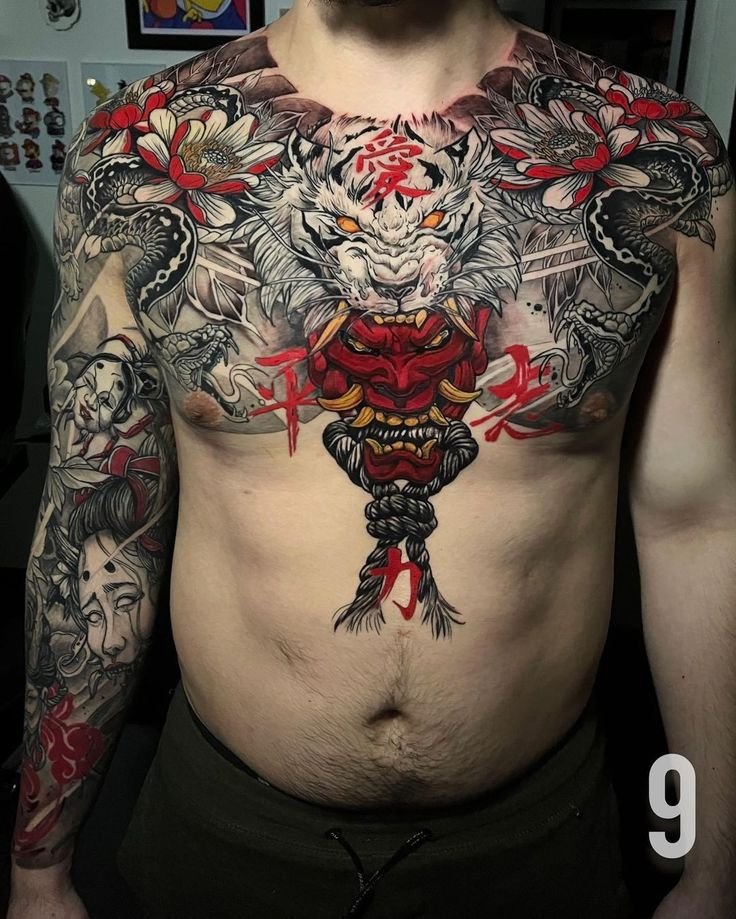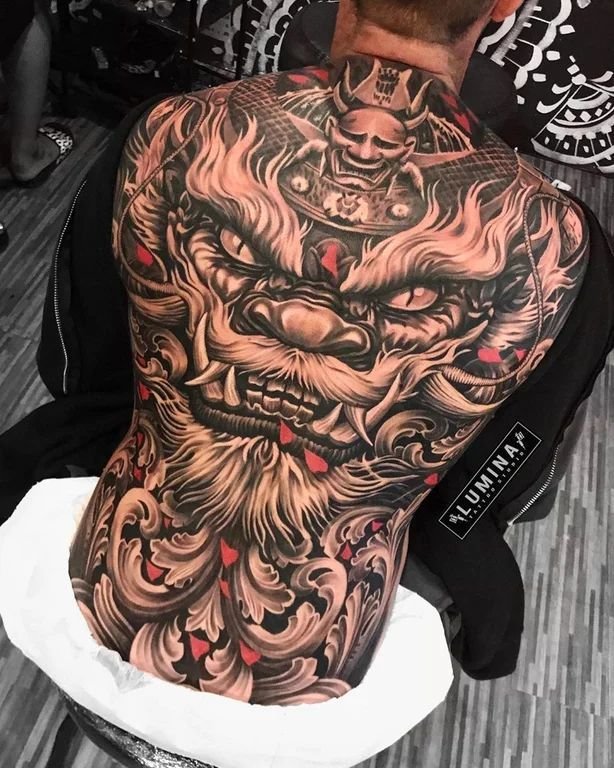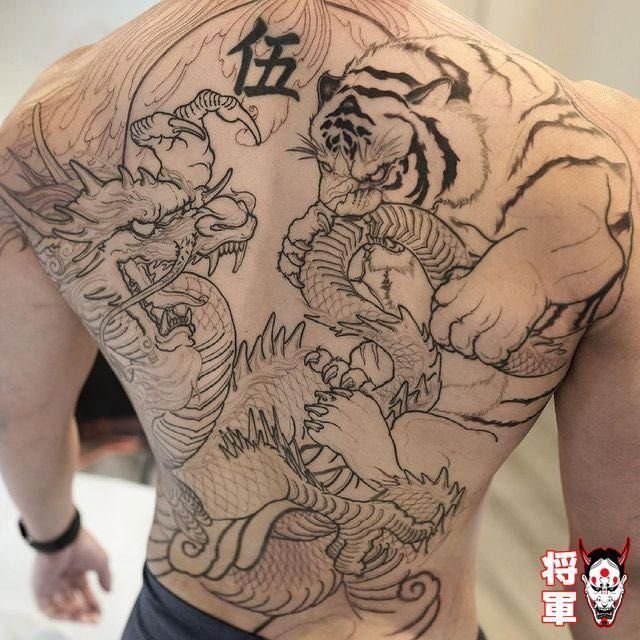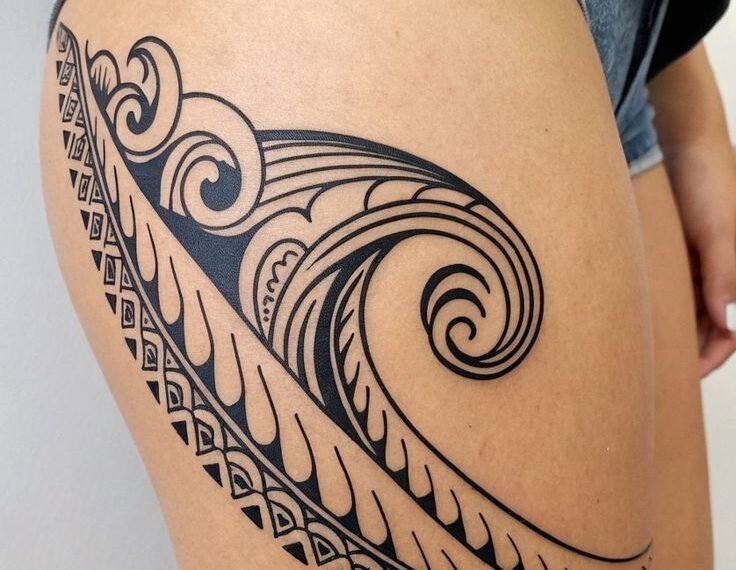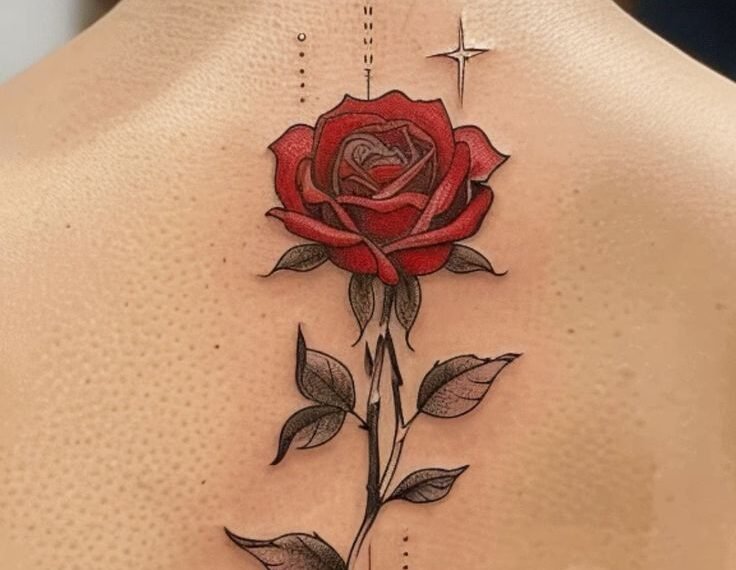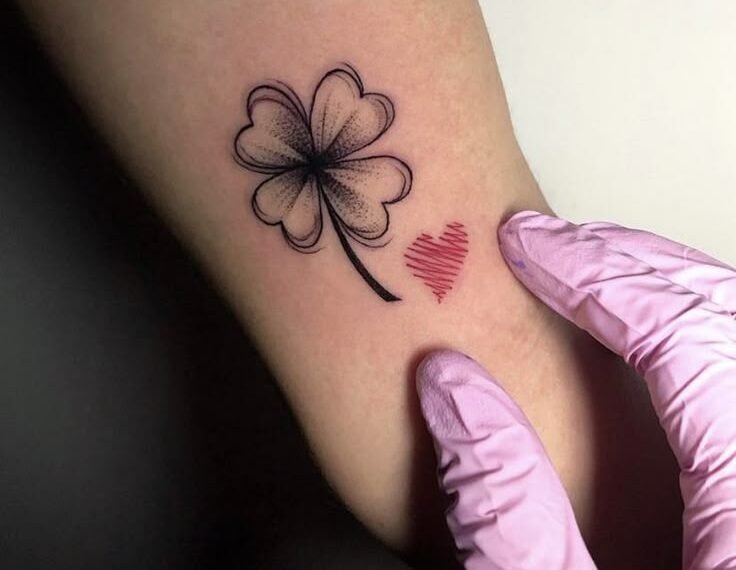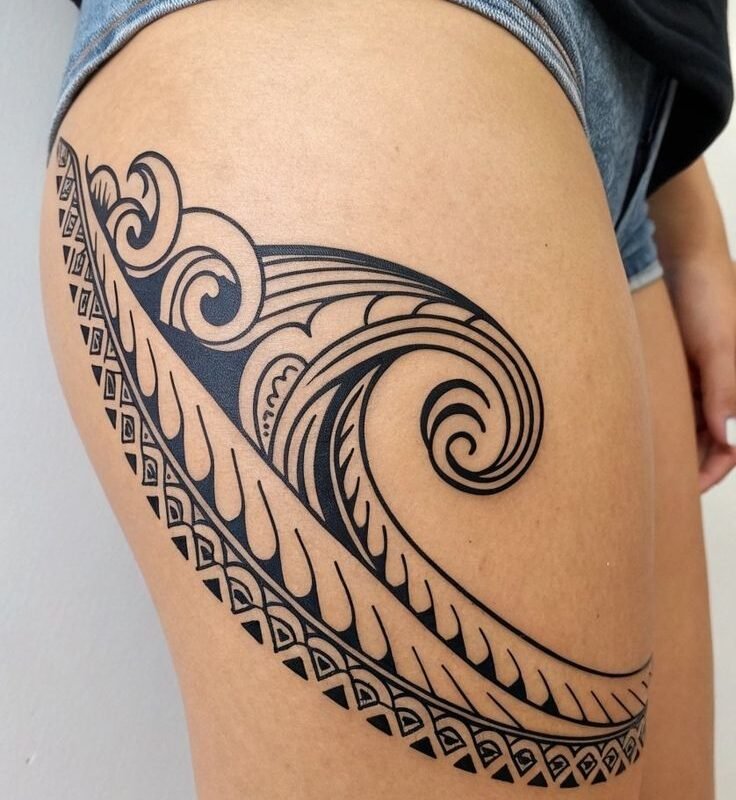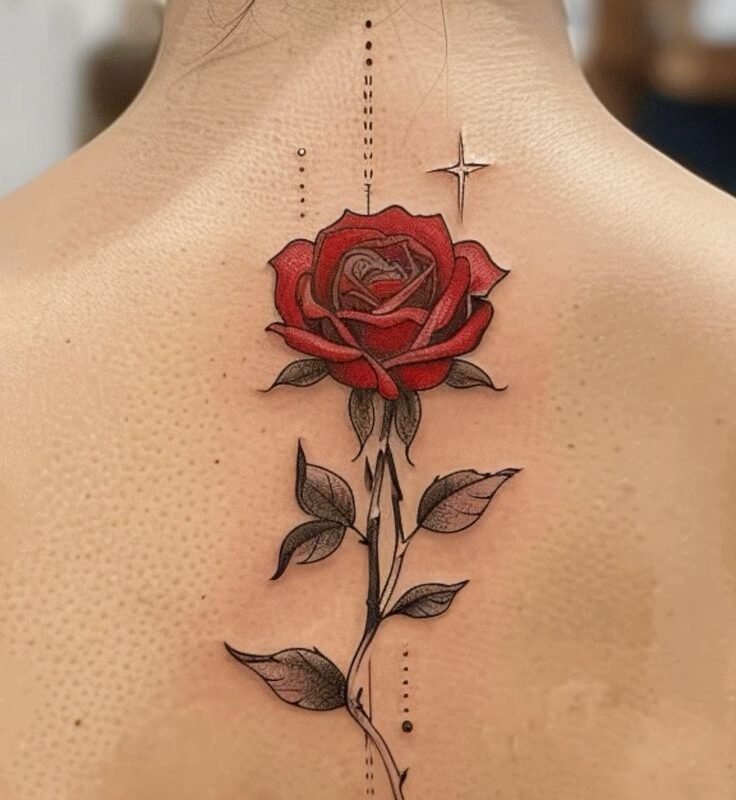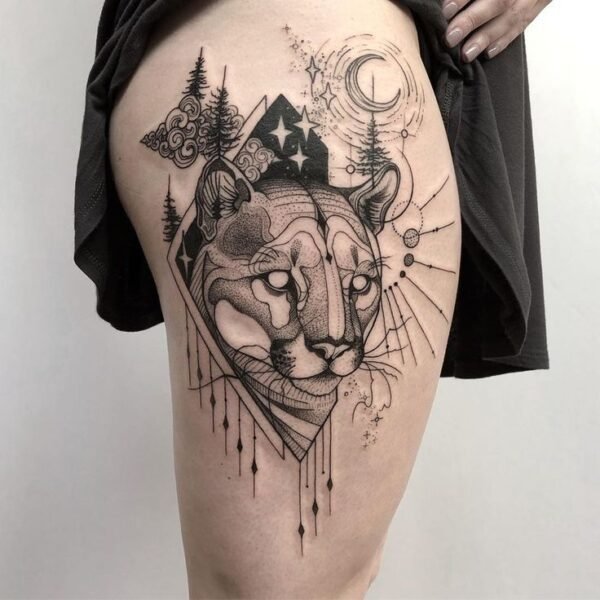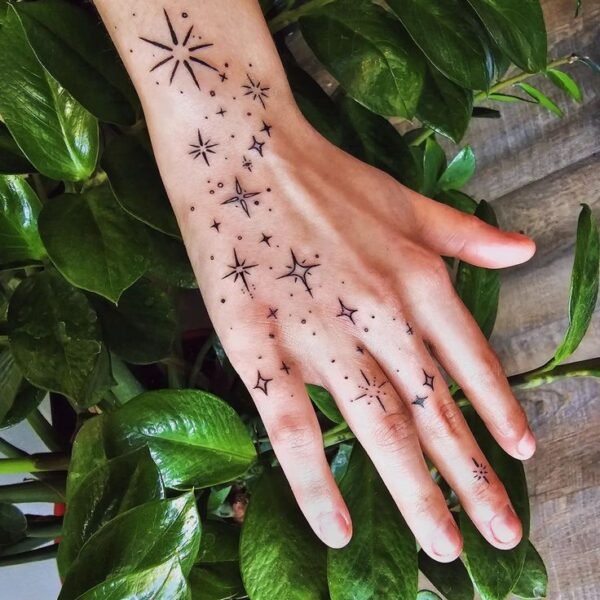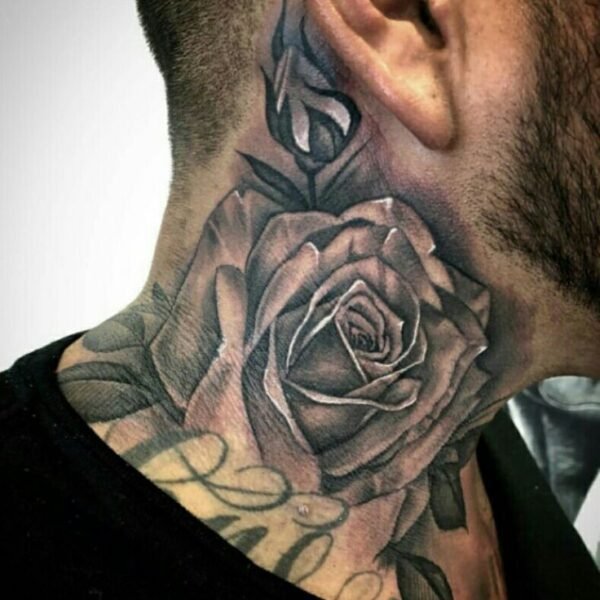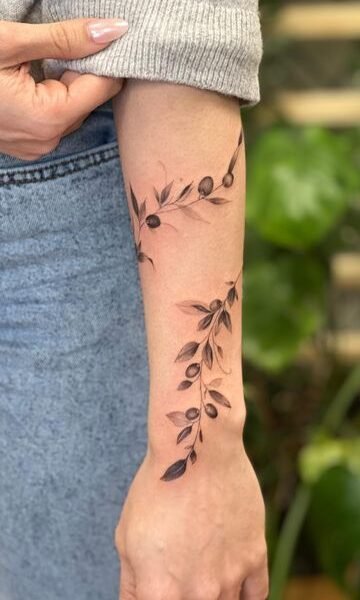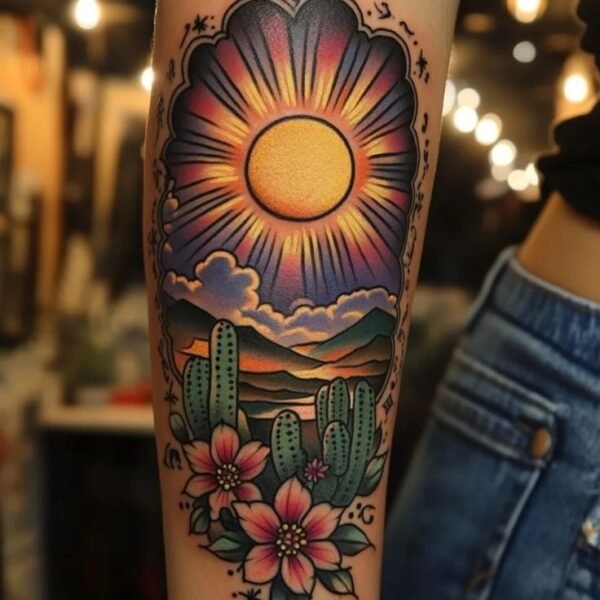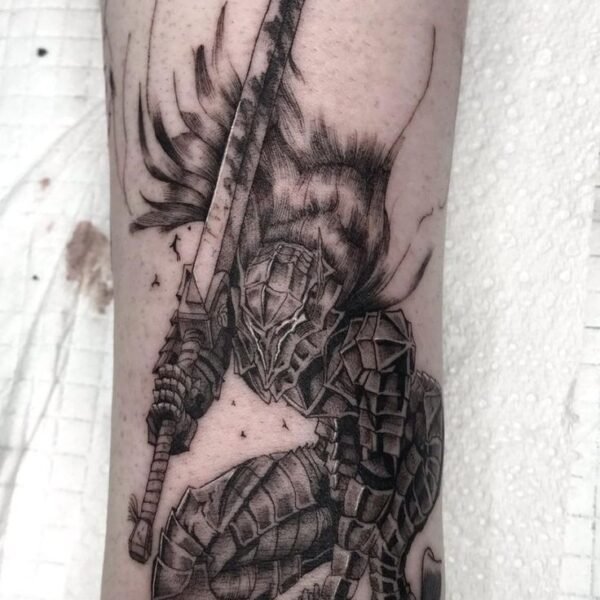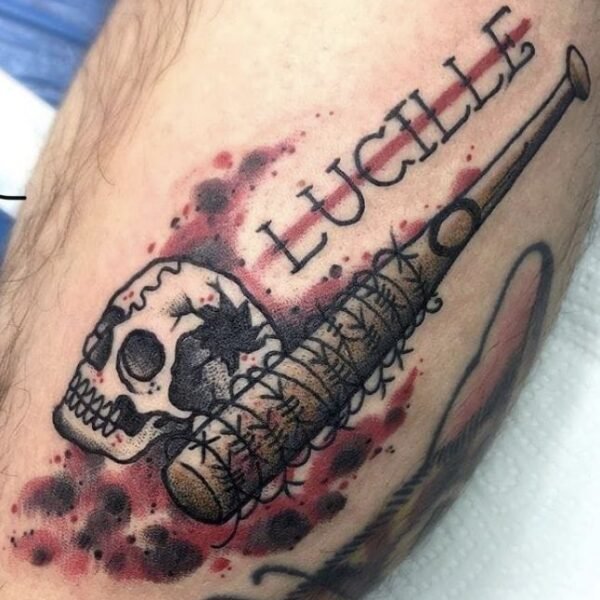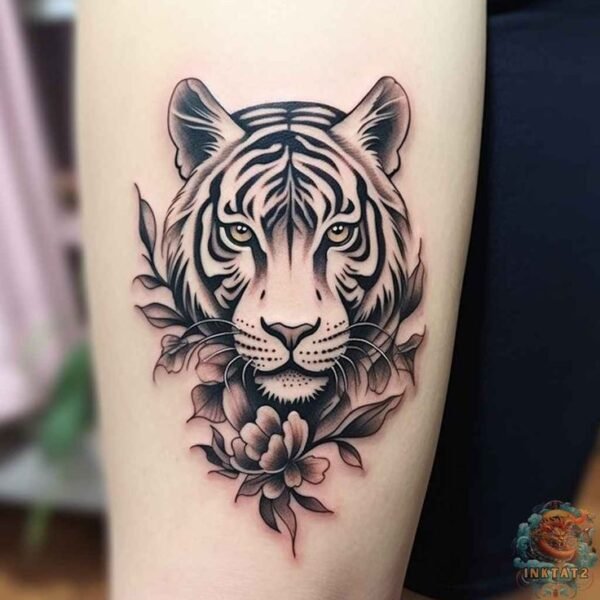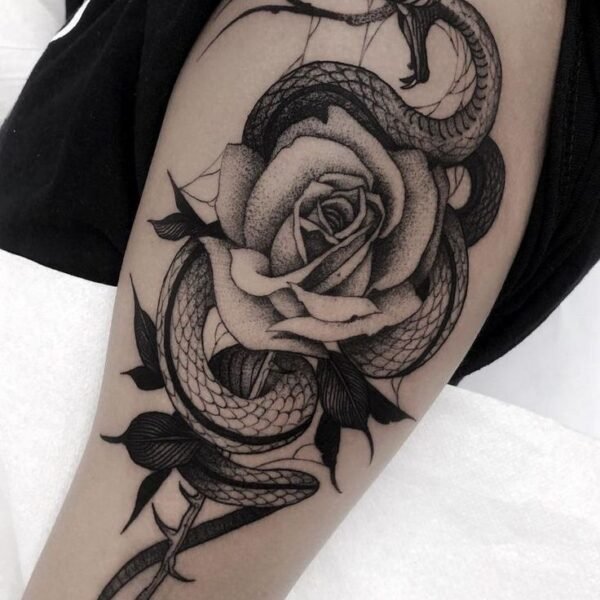Ever wondered about the symbols on the Japanese mafia, the Yakuza? These tattoos, known as irezumi, tell deep stories. They’re not just body art; they reveal the values and experiences of those who get them. Each tattoo has a special meaning, showing loyalty, courage, and honor.
These tattoos are a peek into the Yakuza’s history and culture. To grasp their true meaning, we need to dive into their symbolism and the traditions behind them.
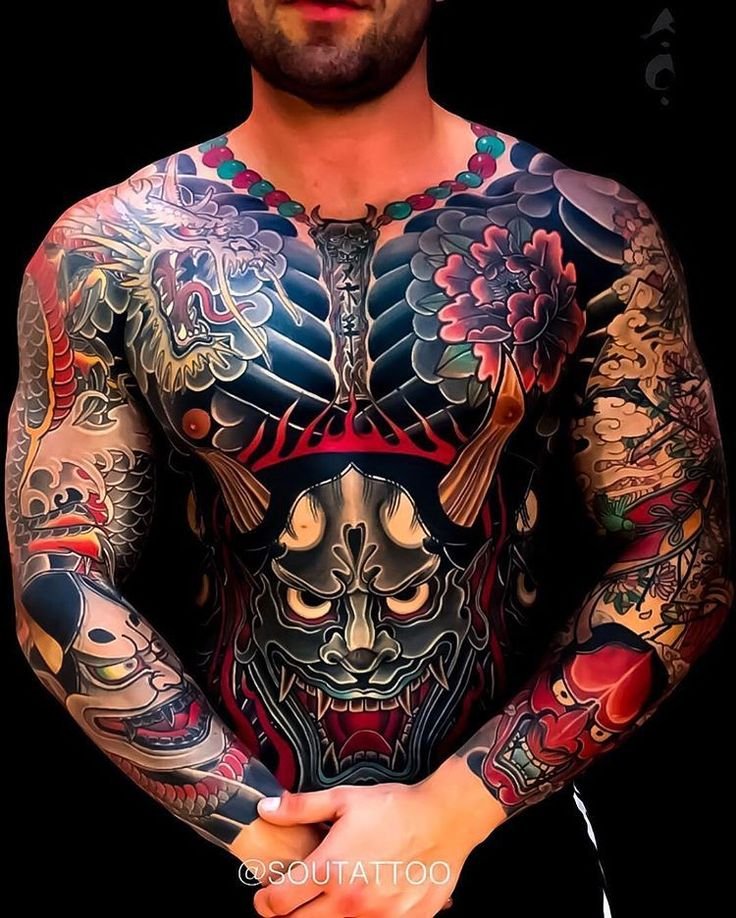
Understanding the Yakuza: The Japanese Mafia
What Does a Yakuza Tattoo Mean? The Yakuza is a complex part of Japan’s organized crime scene. It’s made up of groups that are connected but also have their own unique traits. These groups started in the Edo period with gamblers and outlaws who got involved in illegal stuff. Over time, they changed and became more like samurai, valuing loyalty, honor, and respect.
The Yakuza is known for things like racketeering, illegal gambling, and extortion. At first glance, these activities might seem scary. But many Yakuza members blend into Japanese society, acting like regular businessmen. This shows how they try to balance their criminal past with what society expects of them.
Tattoos are a big part of Yakuza identity but also bring shame in Japan today. Many Yakuza members hide their tattoos under their clothes. This shows the struggle they face between their life in organized crime and wanting to fit in with everyone else.
The Historical Roots of Yakuza Tattoos
The history of Yakuza tattoos goes back to the Edo period. This was a time of strict social classes and big changes in Japan. Tattoos first became popular among the burakumin class, who were looked down upon and often shunned.
Later, Yakuza members started using tattoos to show their loyalty and shared history. The word irezumi means the art of tattooing. It began as a way to mark punishment but turned into a sign of identity and pride among gang members.
At first, tattoos were seen as a punishment for breaking the law. But the pain of getting a tattoo became a sign of dedication to the Yakuza. This made tattoos a key part of their culture.
The story of irezumi helped shape the Yakuza’s values. The tattoos told personal stories and showed the complex social life of the time. Tattoos went from being a sign of shame to a badge of honor, showing how identity can change in the Yakuza world.
What is the Yakuza Tattoo Meaning?
The tattoos of the Yakuza tell deep stories that go beyond just looks. Each tattoo is a unique way to express personal beliefs and values. They blend traditional Japanese ideas with symbols of strength, loyalty, and resilience.
A dragon tattoo, for example, means wisdom and control over one’s life. Warrior images show a dedication to honor and bravery. These tattoos are more than body art; they show deep loyalty to the Yakuza clan.
They strengthen the bonds of unity and loyalty in Yakuza society. Understanding these tattoos reveals their deep history and philosophy. They tell stories of personal victory and shared experiences in the Yakuza brotherhood.
Tattoo Symbolism in Yakuza Culture
The Yakuza tattoo is more than just body art. It’s filled with deep cultural meanings. Each tattoo tells a story, showing the person’s journey and values. The designs often have special symbols, like the koi fish, which means perseverance and overcoming challenges.
The cherry blossom symbolizes the short life we live. It teaches us to enjoy every moment. This mix of strength and the shortness of life is key to the Yakuza identity. By choosing certain designs, members share their stories and connect with their culture.
“Tattoos serve as both personal milestones and shared symbols, reinforcing bonds within the community.”
Yakuza tattoos blend personal stories with cultural themes. They show the deep meanings that bring Yakuza members together.
The Tebori Technique: Crafting Yakuza Tattoos
The Tebori technique is a key part of traditional tattooing in the Yakuza culture. It uses a bamboo stick with needles to put ink into the skin by hand. This method shows off the artist’s skill and the deep bond they share with their client.
Yakuza tattoo artistry is more than just decorating the body. It’s a deep connection that includes understanding cultural values, pain levels, and personal stories. As the tattoo comes to life, a strong bond is created. This turns tattooing into a meaningful ritual, filled with deep meanings and emotions.
The history of the Tebori technique adds to its charm. It shows the lasting spirit of Yakuza culture. Each tattoo not only shows who someone is but also keeps alive the art and community ties.
Common Motifs in Yakuza Tattoos
Yakuza tattoos are full of symbols that tell deep stories. They show the person’s journey and what they value. These tattoos have detailed designs that stand for strength, resilience, and luck.
The Dragon: Symbol of Strength
The dragon is a key symbol in Yakuza tattoos. It’s known for its power and wisdom. It protects and shows strength.
Dragons are often shown with clouds and dynamic poses. This makes them look even more powerful. The dragon tattoo means the wearer wants to be strong in life.
The Tiger: Master of the Earth
The tiger is seen as a master of the earth in Yakuza culture. It stands for authority and courage. Tigers are shown in powerful poses, showing they rule.
This symbol shows the wearer’s bravery and their will to overcome challenges. It shows they are strong and in control.
The Koi: Symbol of Perseverance and Luck
Koi fish are a big part of Yakuza tattoos. They stand for never giving up and good luck. These fish are known for swimming up strong waterfalls.
This story of overcoming hard times makes the koi a symbol of hope. It tells people to keep going, even when things get tough.
Sakura: The Cherry Blossom and Its Significance
The sakura, or cherry blossom, is very important in Japanese culture. It’s especially important in Yakuza tattoo traditions. These tattoos remind people of life’s short beauty and the fact that death is inevitable.
Yakuza members often get sakura tattoos. They show not just beauty but also a deep thought on death. These tattoos are more than just pretty designs.
The cherry blossom’s meaning is about life’s short time. It blooms briefly but looks beautiful. This idea is very close to the Yakuza, who live a life full of risks and intensity.
A sakura tattoo stands for the beauty and fragility of life. It tells people to enjoy every moment. This makes sakura tattoos very meaningful for Yakuza members.
Yakuza tattoo traditions make sakura tattoos a symbol of a life with purpose. They mix beauty with deep thoughts. This makes sakura tattoos a popular choice for those in Yakuza culture.
The Role of Tattoos in Yakuza Identity
Tattoos are key to Yakuza identity, showing loyalty, rank, and clan ties. They go beyond art, telling stories of loyalty and shared history. Each tattoo reflects the individual’s path and the clan’s legacy.
For Yakuza members, tattoos are more than personal art. They show deep commitment to their lifestyle. These tattoos link members, sharing their experiences and values. They strengthen unity and celebrate the sacrifices made.
But tattoos also bring challenges. They can lead to stigma and discrimination. Many Yakuza hide their tattoos in public, fighting against societal views. This shows the complex balance between personal identity and acceptance in the Yakuza world.
The Stigma of Tattoos in Japanese Society
In Japan, tattoos still carry a big stigma because of their link to the Yakuza and crime. Around the world, views on tattoos are changing, but Japan’s view is stuck in the past. People see tattoos as signs of rebellion and wrongdoings, making them outcasts.
Tattoos face strict rules in public places. Many places like onsen, gyms, and pools don’t allow people with tattoos. This shows how deep the fear of tattoos goes, linked to health and cleanliness. People with tattoos face a lot of discrimination, unlike the respect tattoos get in the Yakuza world.
In Japan, tattoos show a clash between art and social norms. This leads to debates about identity, acceptance, and how culture changes.
The Evolution of Yakuza Tattoo Practices
The evolution of Yakuza tattoos shows a blend of old and new in Japanese culture. The traditional Tebori method, using bamboo needles, is still key to irezumi. Yet, modern Yakuza are now trying out different tattooing ways. This change is more common among the young, who want tattoos that show who they are while still honoring tradition.
Body art’s changing views have made Yakuza tattoos more popular than ever. Now, Yakuza are mixing different tattooing styles. This shows how Yakuza culture can adapt, keeping its history while embracing new art.
This change also shows how important irezumi is in Yakuza culture. Tattoos are still a way for members to show loyalty, honor, and their story. As views on body art change, Yakuza tattooing keeps up, showing its lasting role in expressing identity in a changing world.
You may also be interested in:
FAQ
What is the significance of Yakuza tattoos?
Yakuza tattoos, also known as irezumi, carry deep meanings. They show the wearer’s identity, values, and Yakuza experiences. Themes like loyalty, courage, and honor are key, showing a strong cultural belief.
How did the history of the Yakuza influence tattooing?
The Yakuza’s history goes back to the Edo period. Tattoos were a way to show identity and loyalty among criminals. Over time, they changed from symbols of punishment to signs of pride and cultural identity.
What are the common motifs found in Yakuza tattoos?
Common motifs include dragons for strength and wisdom, tigers for power, and koi fish for perseverance. Each motif tells a story and holds deep cultural meaning tied to the wearer’s life.
What does the Sakura tattoo represent?
Sakura tattoos symbolize life’s fleeting nature. They were linked with samurai, representing beauty and the end of life. They remind wearers to live fully.
How do tattoos contribute to Yakuza identity?
Tattoos are key to Yakuza identity, showing loyalty, rank, and clan ties. They symbolize a deep commitment to a shared code and connect members through their personal stories.
What is the Tebori technique used in Yakuza tattooing?
The Tebori technique uses a bamboo stick with needles for tattooing. It’s a traditional method that highlights artistry and builds a strong bond between the tattoo artist and client.
What are the societal perceptions of tattoos in Japan?
Tattoos in Japan still carry a stigma from their past links to crime and corruption. Many places ban tattooed people, but Yakuza culture deeply respects tattoo artistry.
How have Yakuza tattoo practices evolved over time?
Yakuza tattoos have moved from traditional to modern styles, with younger members trying new designs. This shows irezumi’s lasting impact as a form of self-expression in a changing world.

Passionate about tattoos and their profound meanings. My blog is dedicated to exploring the stories and symbolism behind body art. Each tattoo tells a unique story, and my goal is to share these fascinating narratives with my readers.

